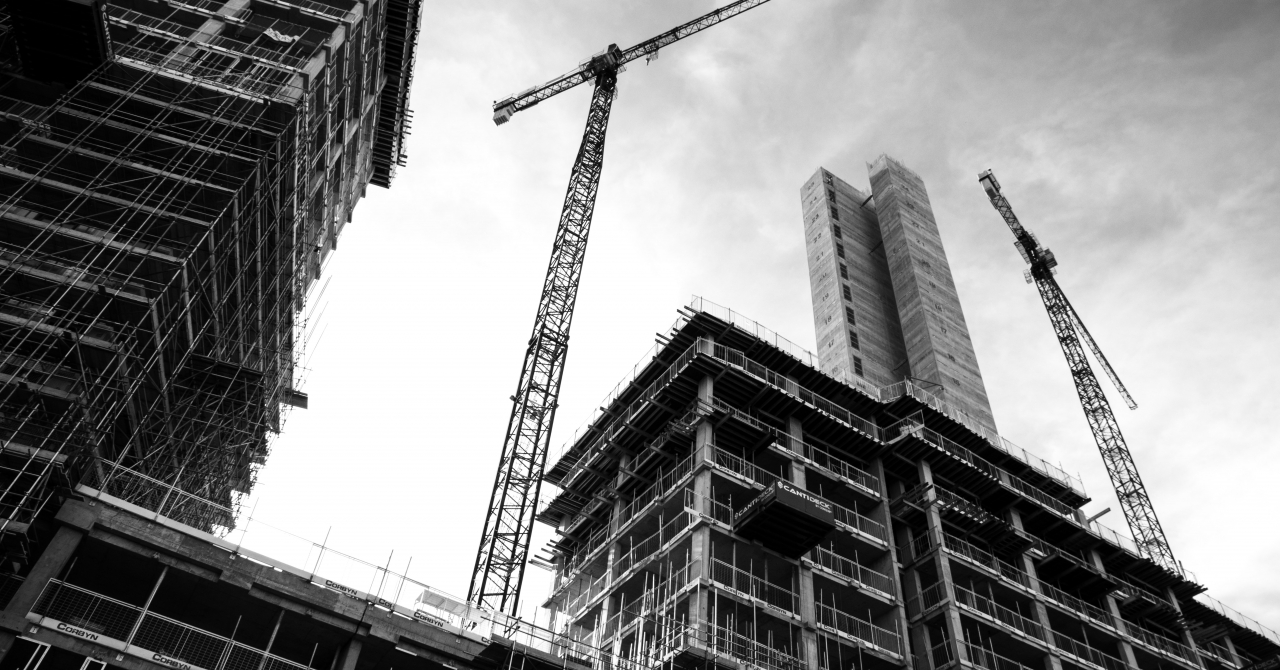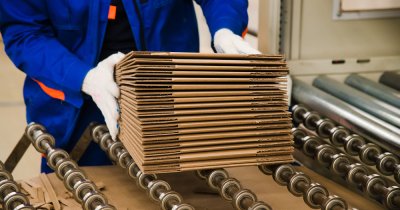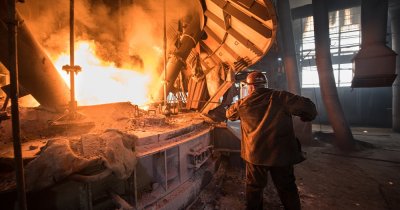According to Dezeen, scientists are not only looking on ways to reduce the carbon impact of construction materials, but also how to make the green alternatives at least as strong as traditional ones.
Some of the alternative construction materials include natural ones, like hemp or peeled potatoes, but also synthetic ones, like carbon fiber and high-performance plastics.
Cladding made of bioplastic
Made of Air, a Germany-based startup, uses forest and farm waste in order to produce bioplastic to make products such as cladding.
Cladding is an outer shell applied to buildings to ensure better thermal efficiency and/or to improve the aesthetics, while at the same time not affecting weather resistance.
The company used hexagonal panels, named HexChar, to cover an Audi dealership in Munich last year, being the first time the product was used on a building.
Carbon-fiber reinforced concrete
Carbon-fiber reinforced concrete is one way to reduce the use of concrete in building, while retaining the same resistance in a structure.
Researchers at the Technical University of Dresden collaborated with German architecture company Henn in order to build what they call The Cube, a building constructed with the use of carbon concrete.
A new type of plastic, moldable, but stronger than steel
Scientists at the Massachusetts Institute of Technology developed a new type of plastic, which is light and moldable, but at the same time twice as strong as steel.
Before it will be used as a standalone material for construction, this new type of plastic will be used as coating to reinforce certain objects.
Hemp rebar, the green alternative to steel
Hemp rebar is an ingenious way to replace steel rebar for construction, which could be a low-cost, low-carbon alternative
Scientists at the Rensselaer Polytechnic Institute in the US claim that this new construction material overcomes the corrosion issue found with traditional steel rebars, improving the strength of the concrete structures.
Chipboard made of potato peeling
Rowan Minkley and Robert Nicoll, two designers from London managed to create a chipboard alternative from potato peelings.
The material, called Chip(s) Board, is made without formaldehyde or other toxic resins, and the designers claim that it can be used as a building material.
Cladding made of recycled paper
Honext is a Barcelona-based company that makes cladding and boards out of recycled paper.
After the paper has been recycled many times and it cannot be repurposed anymore for the same use, Honext mixes the waste together with water and enzymes to make boards, which can be used for interior partitioning or cladding.
These are just a few new materials that are currently being developed as an alternative for the traditional ones in order to reduce the carbon footprint in the construction industry.
 Mihai - Cristian Ioniță
Mihai - Cristian Ioniță












Any thoughts?